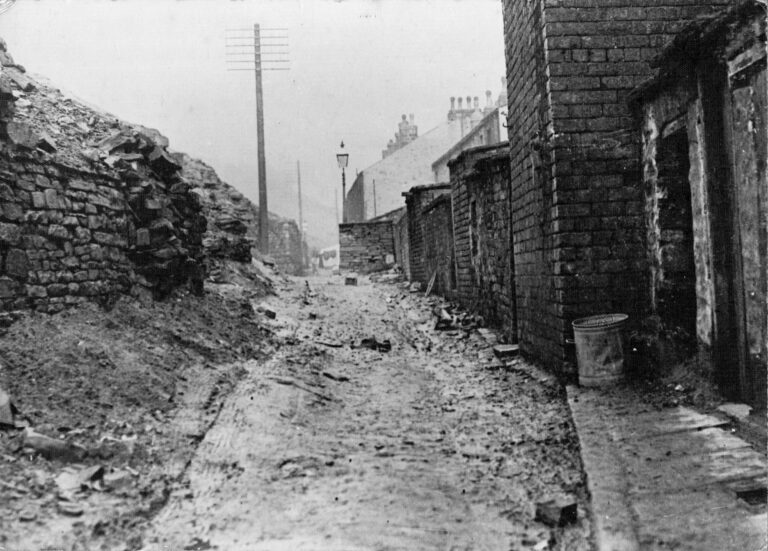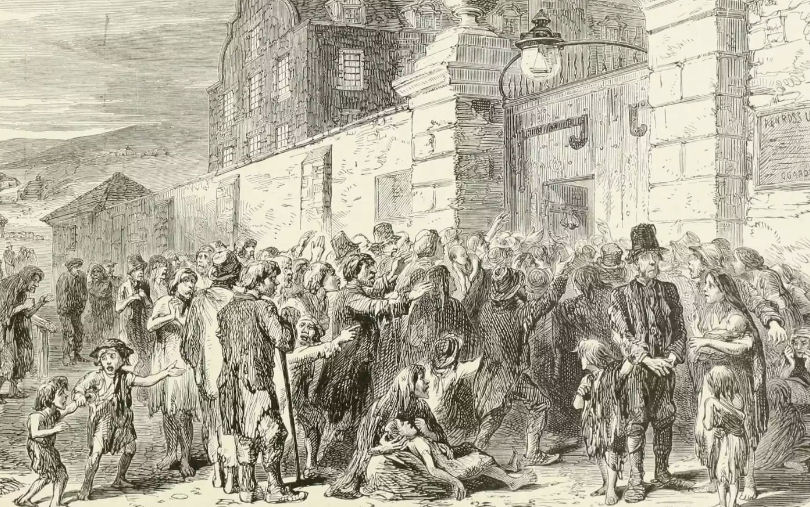Migration has been an integral part of human history for centuries, with people leaving their homelands in pursuit of seasonal work or better opportunities. As the town of Bacup expanded rapidly during the 1840s, a tragic event in Ireland had a profound impact on its population.
1847, known as ‘Black ’47,’ marked a year of profound suffering in Ireland. Blighted potato crops and widespread famine ravaged the country, forcing countless families to abandon their homeland in search of sustenance and shelter. Amidst the turmoil, a wave of Irish immigrants arrived at Liverpool Docks, seeking respite from the horrors they had endured.
Bacup became a destination for many Irish immigrants. The town’s growing textile industry and the availability of work attracted Irish labourers, who often faced discrimination and prejudice from the local English population. Despite these challenges, the Irish community in Bacup played a significant role in the town’s development, contributing to its economic prosperity and forming a vibrant cultural identity.
The 1851 census for Bacup, reveals the extent of the Irish presence. A total of 210 entries were recorded for individuals born in Ireland who had made Bacup their new home. These entries provide a poignant testament to the desperation and resilience of the Irish people who sought a better life amidst the devastation of their homeland.

